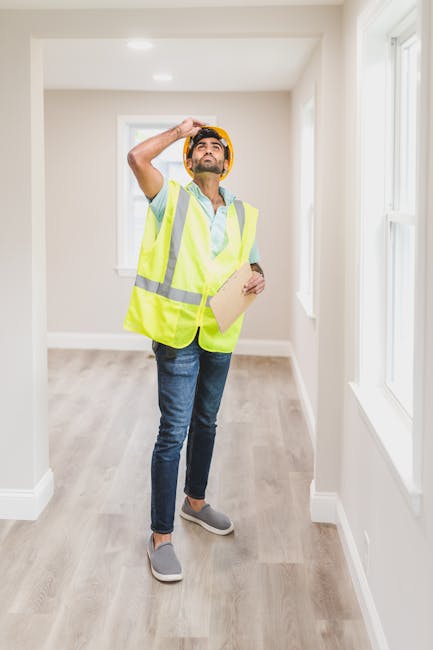 Finding the Best Senior Respite Care for Your Loved One
Finding the Best Senior Respite Care for Your Loved One
Providing care for an older family member can be difficult, particularly when you have other commitments such as work and family responsibilities. Respite care provides temporary relief for primary caregivers, allowing them to take a break and recharge. This article will explain senior respite care, its advantages, and how to find the right care for your elderly relative.
Senior respite care is temporary care provided to an elderly person, usually in a residential care facility, to give the primary caregiver a break from their duties. The length of this service can vary from several hours to several weeks, depending on the primary caregiver’s and elderly person’s needs. Respite care is advantageous to both the primary caregiver and the older adult.
For the primary caregiver, respite care provides a much-needed break, allowing them to focus on their own needs. It can reduce caregiver stress and prevent burnout, which can lead to better care for the elderly person in the long run. Furthermore, respite care can offer the primary caregiver peace of mind, knowing that their loved one is receiving care in a secure and nurturing setting.
For the elderly person, respite care can provide social interaction and new experiences outside of their normal routine. This can help prevent social isolation and improve their overall well-being. Furthermore, respite care can offer the older adult access to specialized care and support, such as physical therapy or medication management.
When looking for senior respite care for your loved one, it is important to consider their specific needs and preferences. Take into account factors such as the level of care required, the location of the facility, the cost of care, and the types of activities and amenities available. You may also wish to consider the facility’s reputation and read feedback from other families who have utilized their services.
The type of respite care offered is also an important consideration. Respite care can take several forms, such as in-home care, adult day care, and residential care. In-home care involves a caregiver visiting the older person’s home to provide care, while adult day care involves the older adult going to a care facility during the day and returning home at night. Residential care involves the elderly person staying in a care facility for a period of time.
In conclusion, senior respite care can be a valuable resource for primary caregivers and elderly individuals alike. It provides a much-needed break for caregivers, reduces stress and burnout, and offers peace of mind. For the older adult, it can provide social interaction, new experiences, and access to specialized care and support, ultimately enhancing their overall well-being and quality of life.